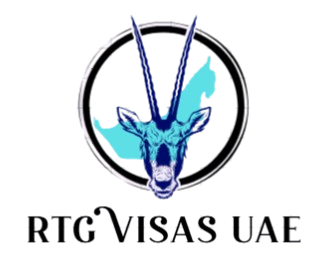
Proper Order Management: Protect The Cash Flow Of A Growing Business
Whether you are a large corporation or simply a small mom-and-pop shop, keeping track of managing purchases and inventory can be confusing. To prevent discrepancies, use a purchase order. The standard purchase orders draft an order a customer makes from the vendor. You can have a better understanding of purchase – discover more here.
What is a purchase order?
A purchase order is a document with legal protection between the supplier and business, outlining the products/services that a business wants to purchase. The purchase order or PO may include the following information:
- Names of the seller and buyer
- Types of items or services a business wants to purchase
- Quantity
- Agreed-upon price
- Terms of payment
- Delivery date
Every purchase order comes with the purchase order number, which makes it easy to track items in the purchase order system. The purchase order streamlines the buying process to guarantee payment and inventory tracking processes to run smoothly. Sometimes, the buyers and sellers use a blanket purchase order for orders that need multiple payments.

Many are wondering whether a purchase order and invoice are the same, but they are not. Purchase orders may look very similar to invoices, but they have differences. In invoices, you will find the following:
- Contact information
- Date
The PO number is at the top of a purchase order. If you are a new small business owner, you will be confused about the difference between the invoices and purchase orders. Both seemed to perform the same function, but they were different.
Purchase orders versus invoices
The purchase order is initiated by the buyer containing the list of goods required from the seller. The buyer will list down the items, the SKUs or model numbers along with the following:
- Quantity
- Delivery date
- Price per unit
- Shipping address
The more detailed the purchase order is, the better. Once the seller receives a purchase order, they will deliver the items before the payment.
While invoices are initiated by the seller for collecting the payment. The invoice is a document that the seller requests for payment from the buyer. Once the seller delivers a product/service, they send an invoice outlining how much the buyer would owe and the payment terms. The same with how a purchase order has the PO number, the invoices have invoice numbers too.

The invoice number is used for tracking purposes, both for the buyer and seller. For example, buyer A owns a construction business and needs 200 plywood sheets. The seller creates a purchase order listing and sends it to the local lumber yard. The plywood sheets are delivered, and send an invoice detailing how much to pay and ask for the payment.
While purchase orders and invoices are different, they have some similarities. Both the purchase orders and invoices include details, such as:
- Company name
- Order details
- Contact information
- Mailing and billing address
- Pricing
Additionally, the PO number is listed on the invoice. It is a way to compare what the buyer ordered and what they are receiving.

